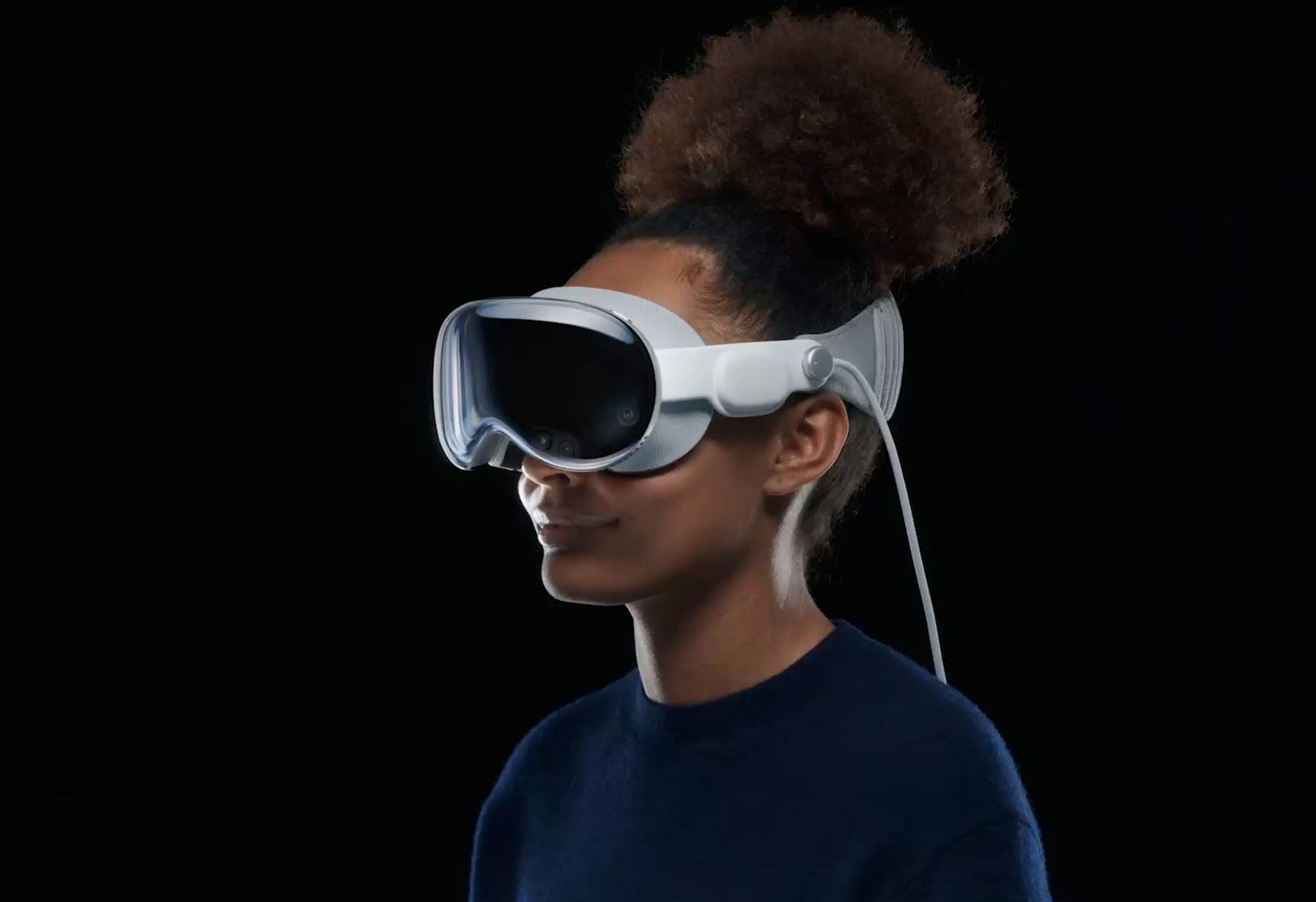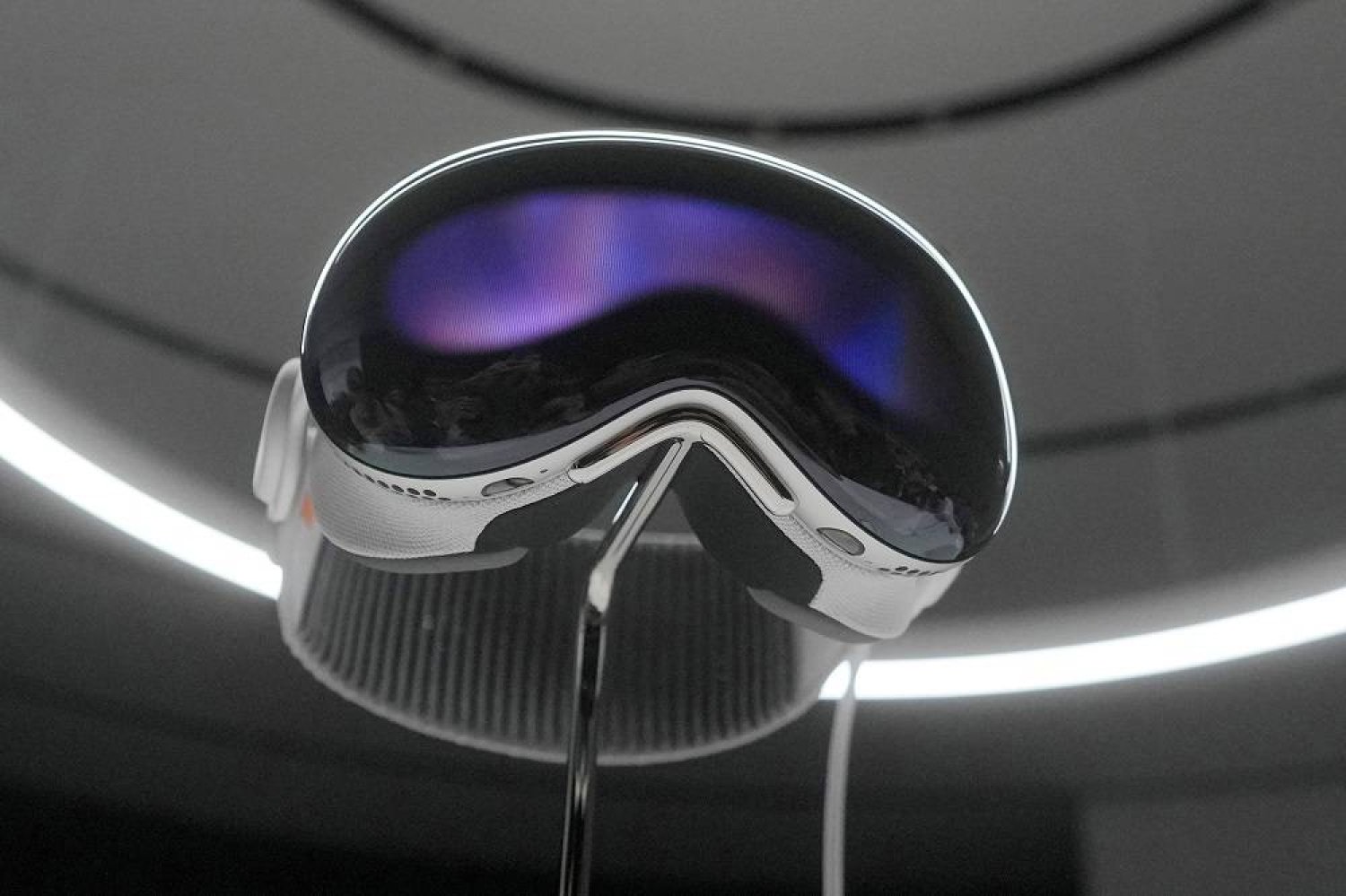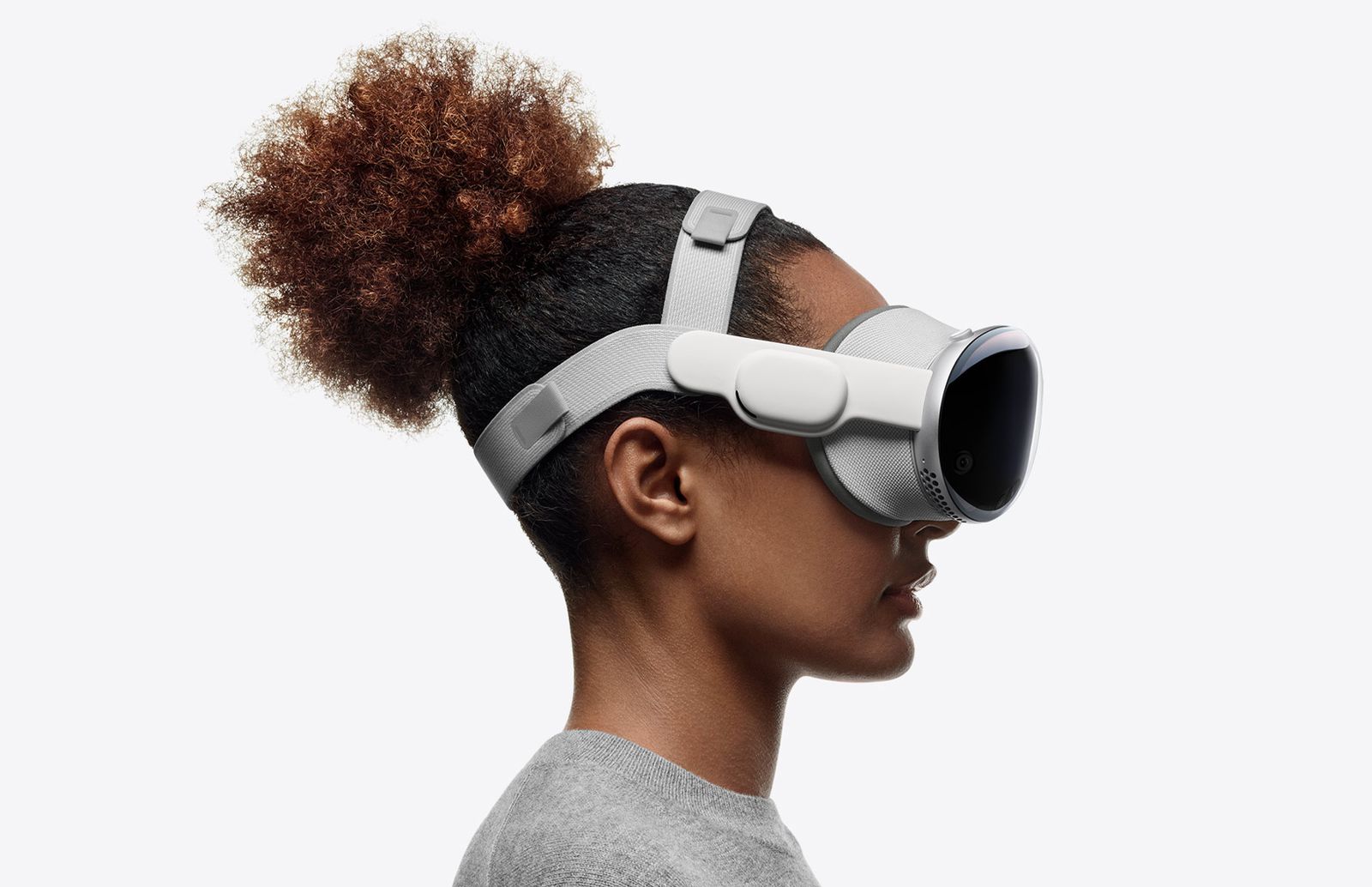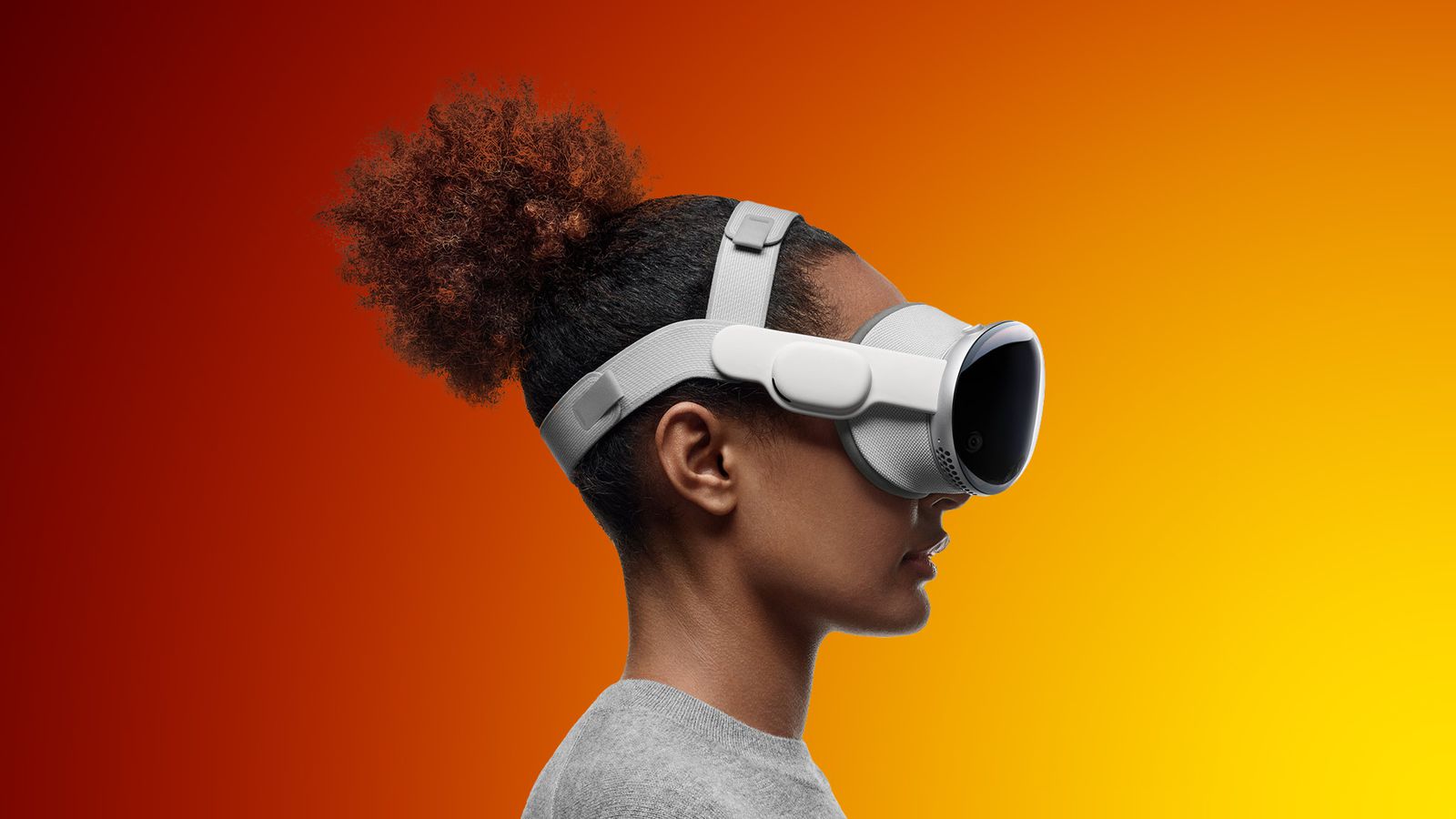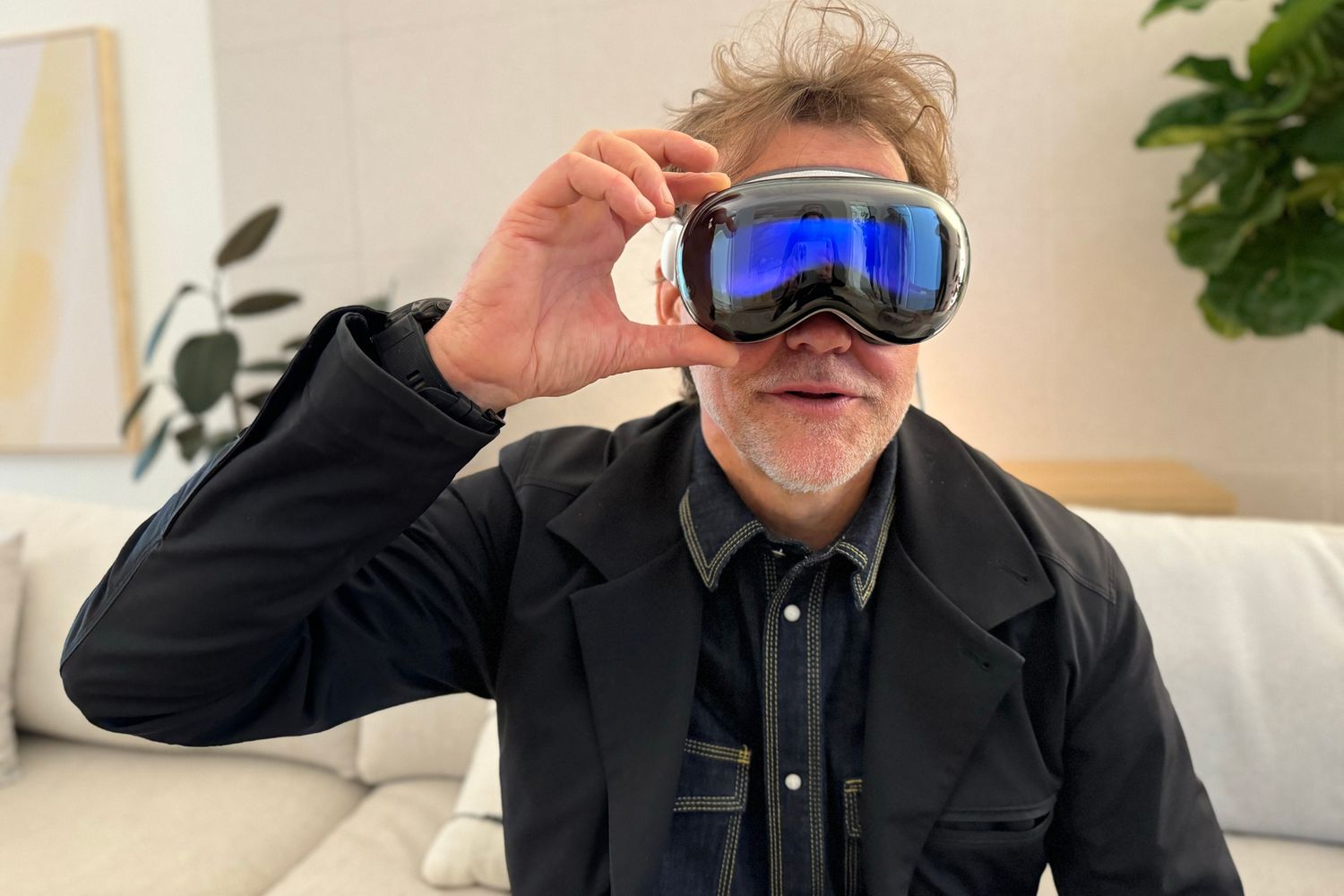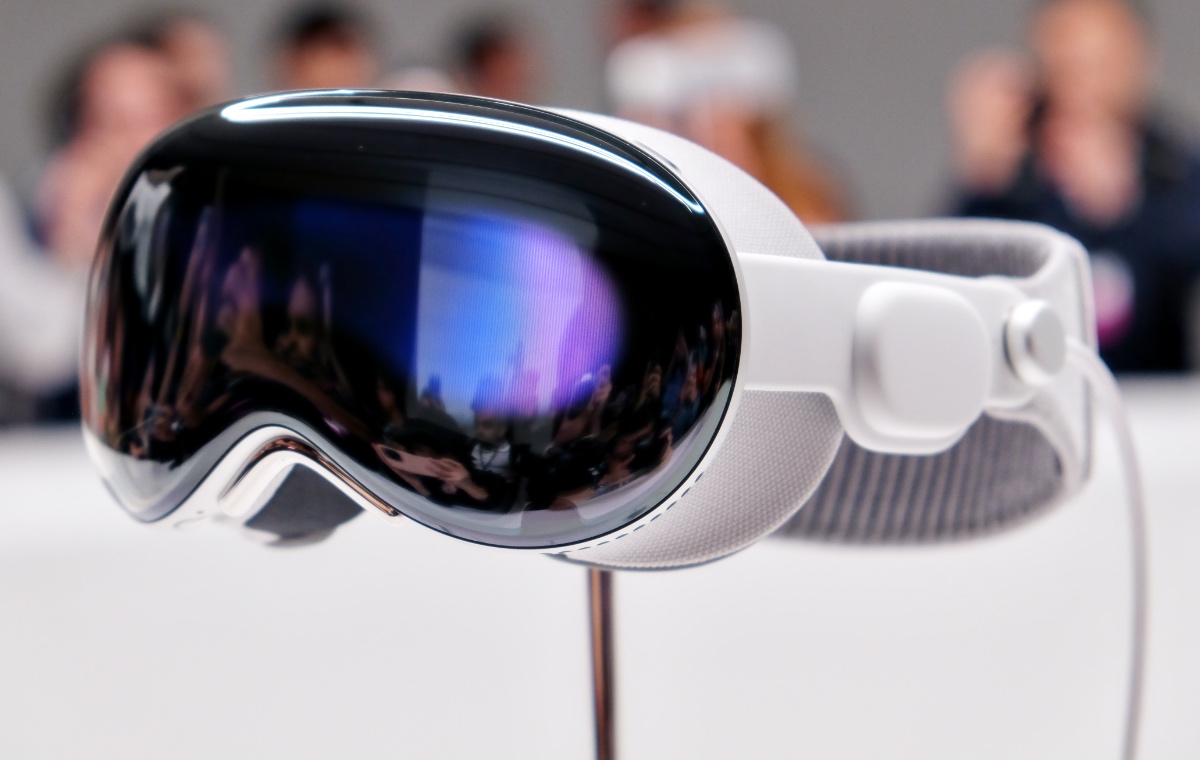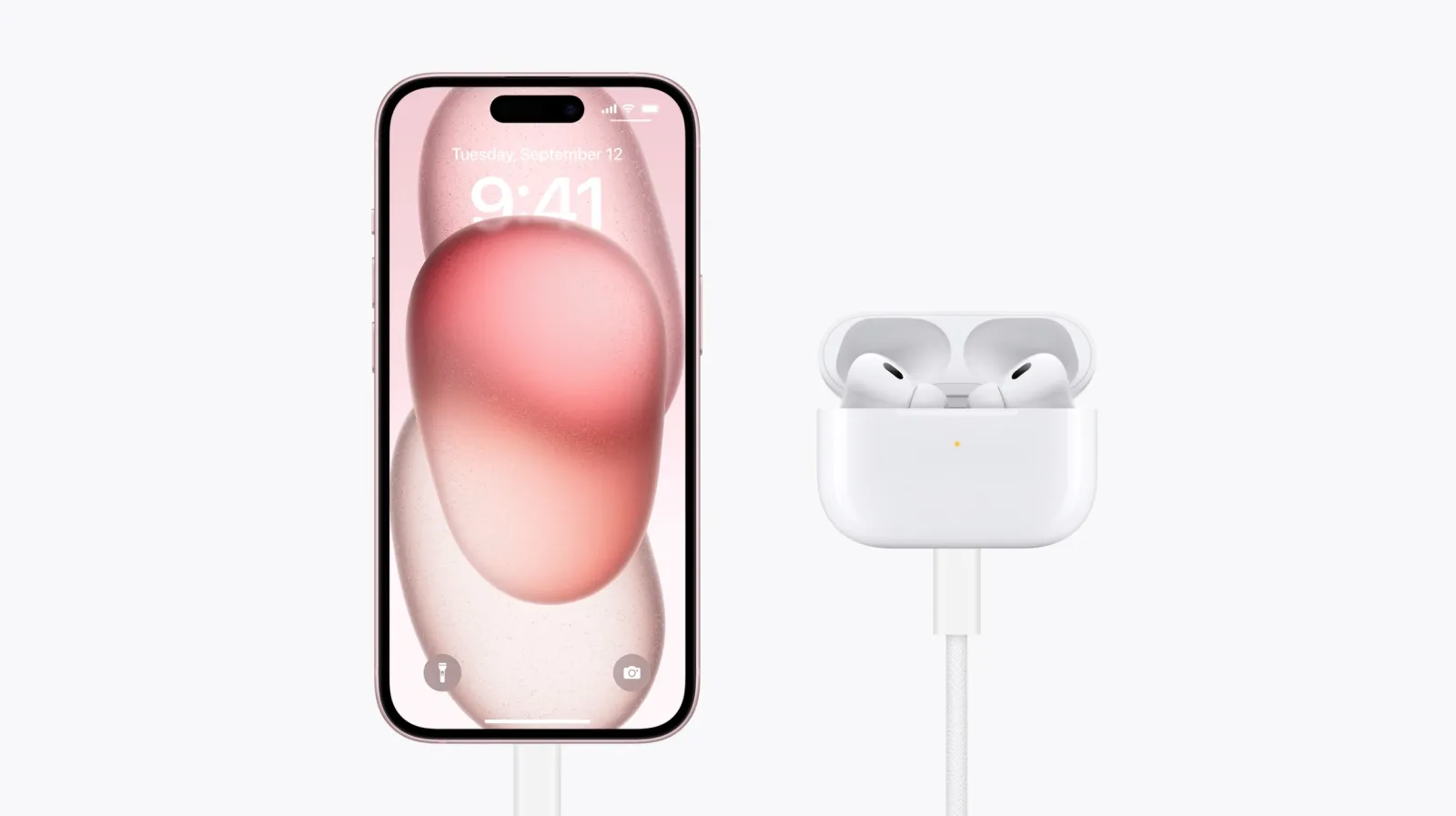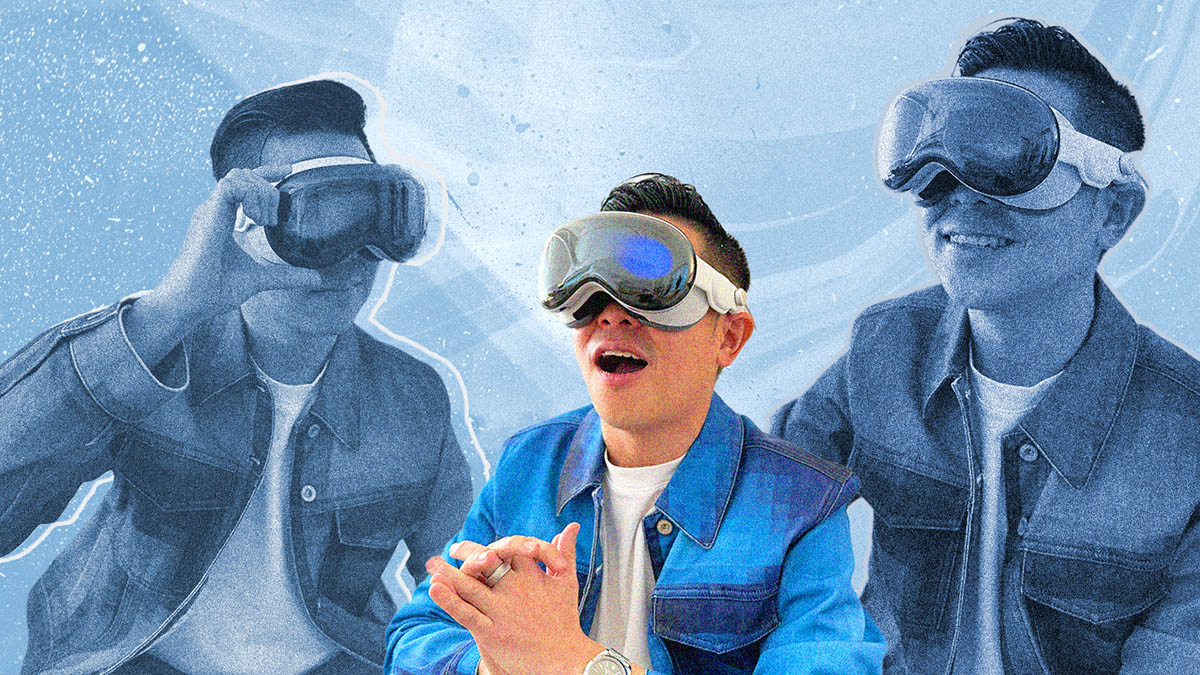Apple has officially announced that the highly anticipated Vision Pro will be released in the United States on February 2. Pre-orders for this groundbreaking spatial computing device will commence on Friday, January 19 at 5 AM PT, with a price tag of $3,500.
Key Takeaway
Apple Vision Pro, priced at $3,500, will be available for pre-order on January 19 and for purchase on February 2. The device offers a revolutionary spatial computing experience, boasting an expansive app store, gaming support, FaceTime integration, and the new VisionOS operating system.
The Era of Spatial Computing
In a press release, Apple’s CEO, Tim Cook, expressed the company’s excitement, proclaiming, “The era of spatial computing has arrived.” According to Cook, the Vision Pro is set to redefine the way users connect, create, and explore, boasting a revolutionary and magical user interface.
Expansive App Store and Gaming Experience
Upon its launch, the Vision Pro App Store will offer over 1 million compatible iOS and iPadOS apps, as well as experiences tailored specifically for this advanced headset. Additionally, the device will support more than 250 titles on Apple Arcade, including popular games like NBA 2K24 Arcade Edition and Sonic Dream Team. New spatial games such as Game Room, What the Golf?, and Super Fruit Ninja will leverage the powerful capabilities of the Apple Vision Pro to immerse players in captivating experiences.
FaceTime and ZEISS Optical Inserts
Apple has also designed a FaceTime experience specifically for the Vision Pro, leveraging spatial audio to create life-sized appearances of call participants. Moreover, the launch will introduce ZEISS Optical Inserts, offering users the option of prescription lenses for $149 and standard readers for $99.
VisionOS: A New Dimension in Operating Systems
With the release of VisionOS, Apple introduces an innovative operating system tailored for the Vision Pro. This new system offers powerful spatial experiences, featuring a three-dimensional user interface and input system controlled by the user’s eyes, hands, and voice. Users can interact with apps through intuitive gestures, such as looking at them, tapping their fingers to select, flicking their wrist to scroll, or using a virtual keyboard or dictation to type. Siri integration further enhances the user experience, allowing for quick app access and media control.







